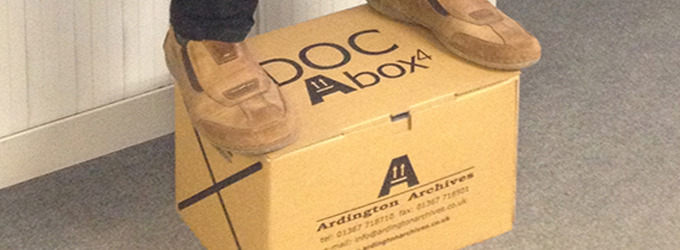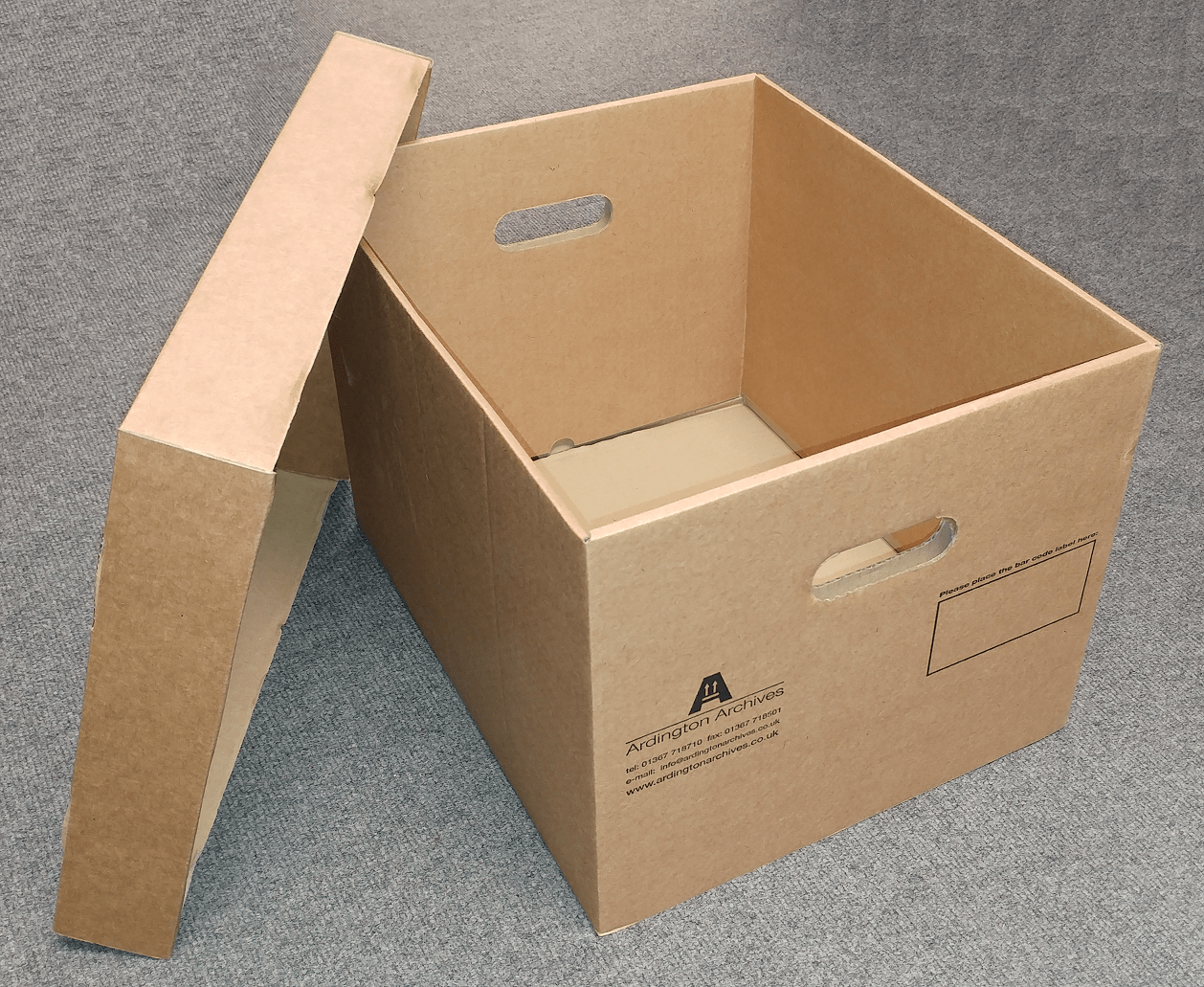For obvious reasons, few of us spend much time thinking about a cardboard box. However, since nearly every business will use a cardboard box on a daily basis, perhaps a few words on the subject might be in order.
Early history
As with many great inventions, the cardboard box owes its existence to a haphazard process of accident, inspiration and combination.
Corrugated boxboard was patented and began being used as a shipping material in 1871. At this stage it was used by one Albert Jones of New York City to wrap fragile items such as bottles and glass lantern chimneys.
Some years later, Brooklyn-based printer Robert Gair had an accident at his works which led to a moment of inspiration: a metal ruler used to crease bags shifted position and cut a bag. By cutting and creasing paperboard in one operation, Gair discovered that he could make prefabricated cartons.
When corrugated boxboard became commercially available around the turn of the 20th century, it proved a simple matter to apply Gair’s idea to the material. By the early 1900s, wooden crates and boxes were being replaced by corrugated paper shipping cartons – something that is globally indispensable today.
Current issues
Despite its undoubted usefulness, a cardboard box can often suffer from a number of irritating – but avoidable – defects:
The tendency to collapse under pressure
Rather like the England cricket team of the 1990s, traditional ‘single wall’ cardboard boxes (i.e. those which only have a single vertical layer of cardboard on all four sides) tend to collapse under prolonged pressure. The best solution is to invest in double or triple wall boxes, as used by Ardington Archives. The additional ‘walls’ of the boxes are created by the provision of extra flaps which are pushed down alongside the first walls, thus hugely increasing the box’s strength and stability.

This photo demonstrates the amazing strength of the double wall box used by Ardington Archives.
Tearing
Traditional ‘single wall’ cardboard boxes – especially cheap and cheerful ones – sometimes tear when being pulled out from a stack of boxes. This problem rarely arises with double or triple wall boxes, especially those made from good quality cardboard, since the extra walls act as a brace for one another when subjected to lateral pressure.
Sogginess
Cardboard is very susceptible to moisture, and as Peter Cook’s E L Wisty character once remarked, they haven’t waterproofed cardboard yet. Consequently, boxes stored in moist or humid conditions are liable to collapse in situ or be ripped during handling. In addition, a cardboard box stored in such conditions is highly susceptible to attack by biological growths and insect infestation.
For the cardboard enthusiast…
Keen students of cardboard are directed to the Musée du Cartonnage et de l’Imprimerie (Museum of the Cardboard Box) in the French town of Valréas (which is described on the website of the Département Vaucluse as the ‘capitale du cartonnage français’ or the capital of French cartonage).




